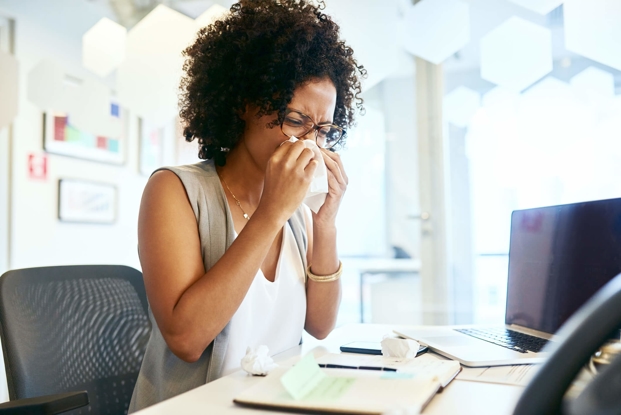Preventing Falls
- Category: Living Well
- Posted On:
- Written By: Lillian O’Cain, LOTR, CAPS
April is National Occupational Therapist Month, a time where we recognize the many facets of this field designed to help people live life to its fullest despite physical or mental hurdles that may occur. With that in mind, I am reminded of a quote pertaining to one of my many professional passions: Fall Prevention! “It is better to keep a friend from falling than to help him up” – unknown.
Falls are more common than you might expect. Anyone of any age can fall. Falls are an important health problem among our senior population that is largely preventable. The consequence of the fall becomes more of a concern as we age. More than one in three people over the age of 65 years or older falls each year, and the likelihood of falling increases with advancing age. Two- thirds of those who experience a fall will fall again within 6 months. According to the CDC falls were the leading cause of a traumatic brain injury (TBI) between 2006 and 2010, which was 40 % of all TBI’s that resulted in an ED visit, hospitalization, or death.
Even if the injury is minor, a fall can impact the quality of life as it can induce a fear of falling again. Fear of falling can lead to self imposed activity restrictions, social isolation and depression. The individual may cut back on activities he or she is capable of doing and this can lead to deconditioning and an increase in fall risk. It’s a cyclical process.
How do falls happen?
At least one-third of all falls in the elderly involve an environmental hazard in the home.
Below are the risk factor categories that account for most falls:
- ACTIVITY (A): muscle weakness caused through lack of exercise or physical activity
- BALANCE (B): balance and walking (poor balance)
- FOOTWEAR (F): foot problems, footwear (poorly fitting), and clothing
- HEALTH FACTORS (H): health issues, poor confidence, poor nutrition
- EYES (E): eyesight (poor vision) and poor hearing, a new pair of eyeglasses
- MEDICATION (M): medications (side effects)
- ENVIRONMENT (E): home safety (slippery surfaces).
Consequences of Falls:
Falls account for 25% of all hospital admissions and 40% of all nursing home admissions. 5 – 10% of falls result in a fracture, the most serious being a broken hip fracture. Falls can also result in reduced mobility, decreased independence and increased dependence on others, fear of falling, loss of confidence, decreased ability to participate in activities and enjoy life, hospitalization, admission to a nursing home, and even death.
The Good News = A large portion of falls are preventable!
Taking time to assess causes of falls and how you can prevent them (or prevent falls for a loved one) is the key.
You may want to consider the following:
- What are the causes of falls, and the consequences?
- What can you do to try and prevent falls?
- How can you make this happen?
- What are the barriers to making this happen?
- How can you overcome the barriers and make the changes? How can you keep it happening?
What can you do?
- Identify ways to make your home safer – Inspect the house for fall hazards
- Modify risky behaviors – don’t hold onto the towel rack in the bathroom
- Ask for help (or offer to help a loved one) – ask someone to climb the ladder to change the light bulb- everyone wants to feel needed
- Learn problem solving techniques to unsafe behaviors – don’t rush to the phone to answer
- Tell someone if you fall/have fallen
- Gain strength and improve balance – commercials are a great time to exercise
- Lift feet and walk heel to toe
- Be aware of slippery surfaces and other obstacles (bathroom and walking in unfamiliar places)
- Slow your pace and be aware – (Don’t talk and walk at the same time- focus on the walking)
Maintaining your strength and balance is an insurance policy for your independence in daily living. If you do fall, please tell someone so they can make sure you are ok and can help eliminate the potential of the fall occurring again. Remember a large portion of falls are preventable.
Lillian O’Cain, LOTR, CAPS has over 25 years experience as an Occupational Therapist at Touro Infirmary and in 2013 was promoted to Program Manager for Touro’s STAR Program (Survivorship, Training and Rehabilitation). Lil received a bachelor of science in Occupational Therapy from Louisiana State University School of Allied Health Professions in 1986. She has developed a passion in the field of study for both fall prevention and Aging in Place and regularly volunteers her time to offer innovative programming and opportunities to educate seniors, caregivers, physicians and Touro staff.


